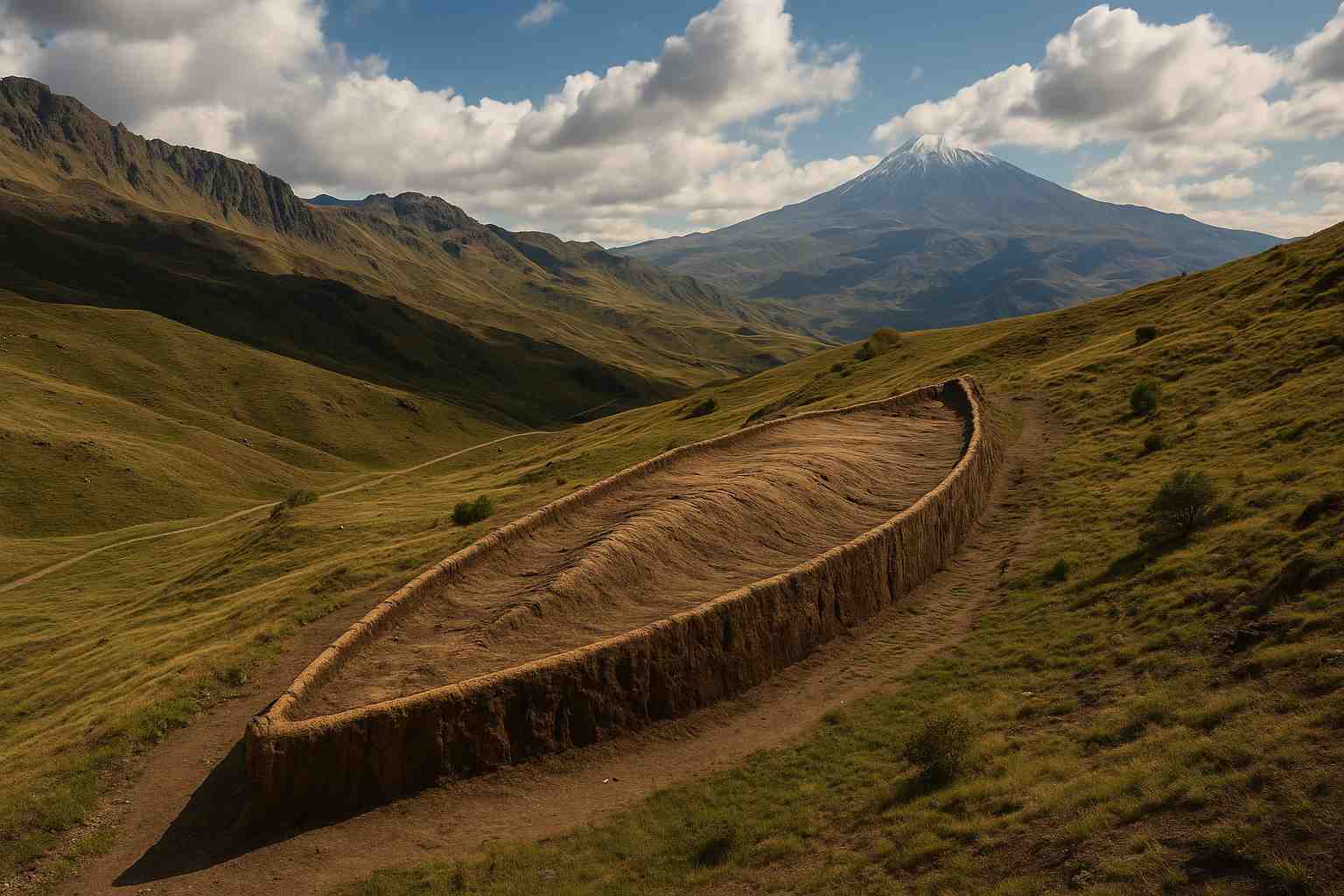For centuries, the story of Noah Ark in Turkey has fascinated believers, historians, and archaeologists alike. The idea of a massive vessel surviving a cataclysmic flood has led many to search for its remains, with Mount Ararat in Turkey being one of the most speculated sites. Recently, a team of researchers claims they may have uncovered compelling evidence supporting this biblical tale. Using advanced geological and biological analysis, their findings are stirring fresh debates among experts and enthusiasts.
1. The Site of Discovery: Mount Tendürek, Turkey
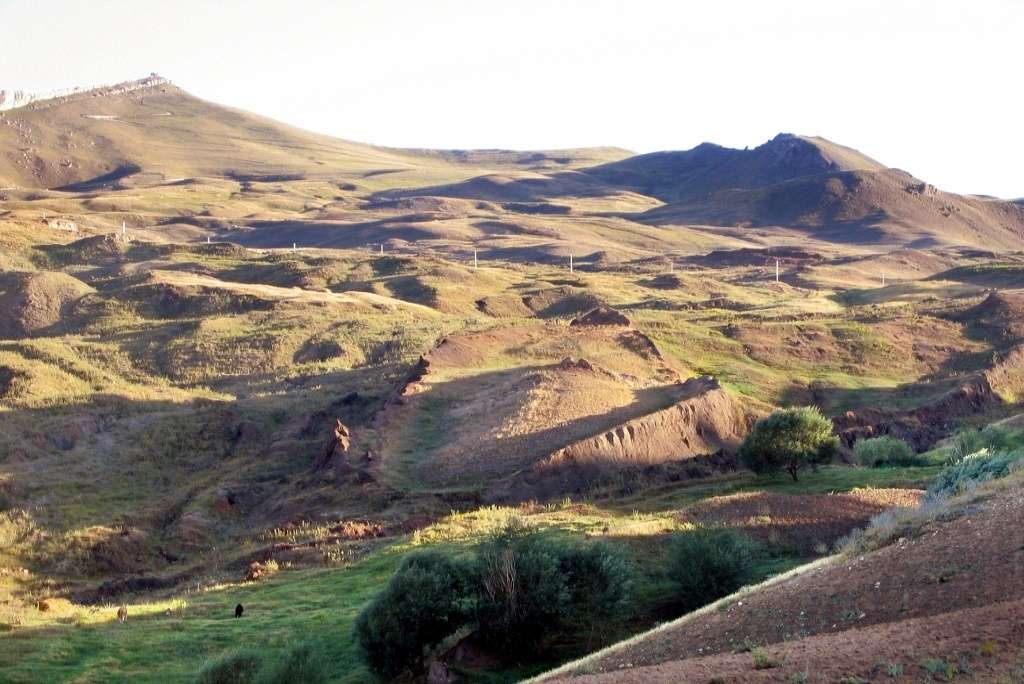
While Mount Ararat is traditionally linked to Noah’s Ark, researchers have focused on a site near Mount Tendürek, close to the town of Doğubayazıt in eastern Turkey. This location, known as the Durupınar site, has drawn interest since the mid-20th century for its ship-like formation. Recent studies by the Noah’s Ark Scans project claim that the dimensions match those described in Genesis, about 150 meters long.
The geological formation is nestled in a remote, rugged region, adding to its mystique and the difficulty of access. This site’s renewed attention has sparked international discussions about whether these findings finally provide tangible evidence of the Noah Ark site.
2. Historical Accounts of the Ark’s Resting Place
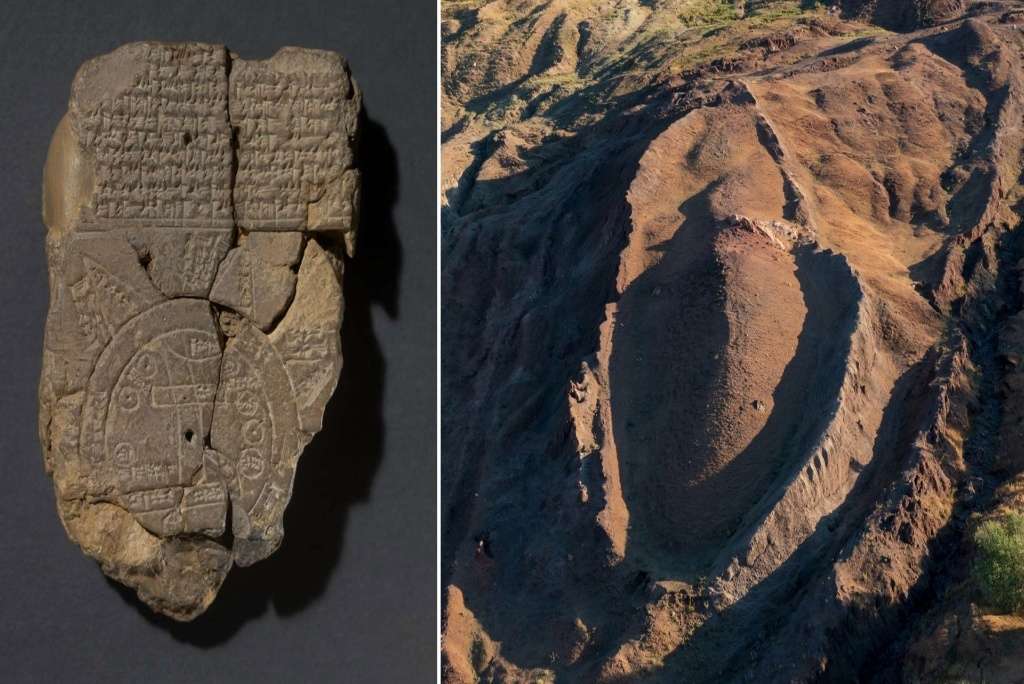
References to Noah Ark in Turkey can be traced across multiple cultures, from the Bible to the Quran and even ancient Mesopotamian texts like the Epic of Gilgamesh. While many traditions pinpoint Mount Ararat as the Ark’s final resting place, historical records show that explorers and locals have long speculated on nearby mountains as well.
Marco Polo, for example, wrote about the region’s connection to the Ark in his travels. These accounts, though largely anecdotal, provide context for why researchers continue to focus their efforts in this region of Turkey.
3. The Durupınar Formation: A Ship-Shaped Structure
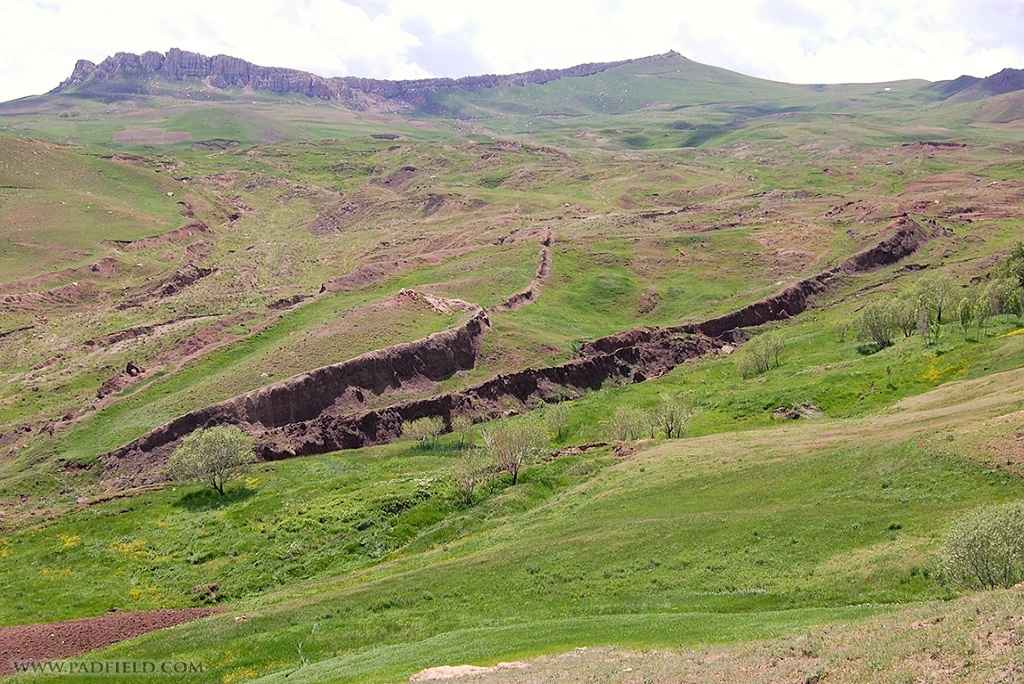
The Durupınar formation was first brought to global attention in 1959 when Turkish army captain İlhan Durupınar spotted it in aerial photographs. Measuring approximately 150 meters long and 40 meters wide, its resemblance to a large, boat-like shape has fueled decades of speculation. While skeptics consider it a natural geological formation, proponents argue that its symmetry and scale make it unique. This site has since become a focal point for both amateur and professional Noah Ark site hunters.
4. Geological Surveys Supporting the Discovery
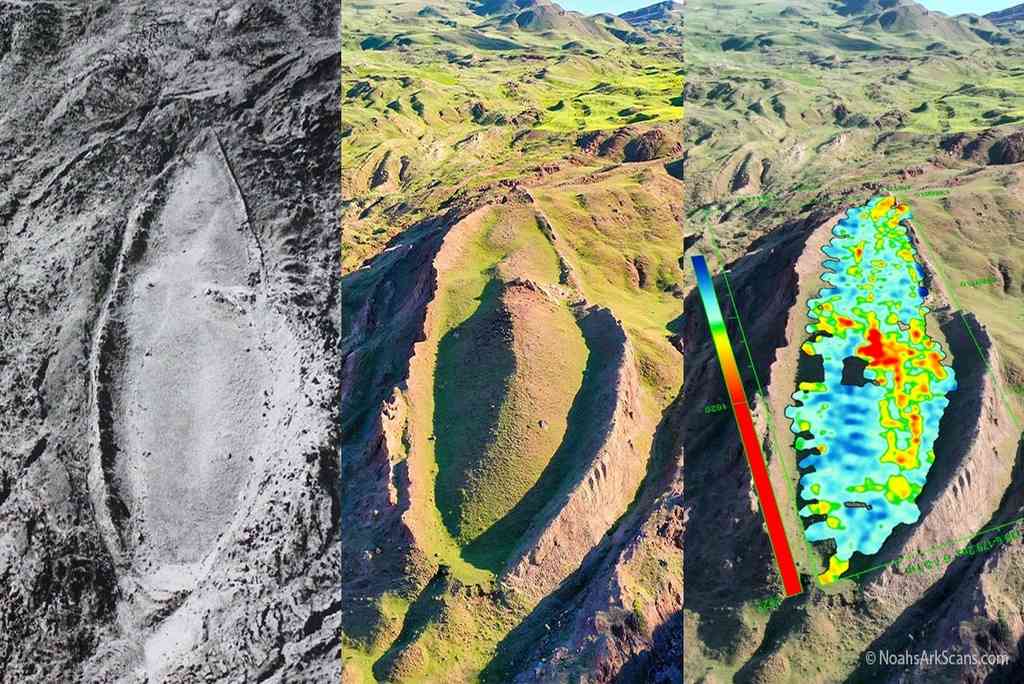
Modern technology has enabled researchers to conduct detailed surveys of the Durupınar site. Ground-penetrating radar (GPR) and seismic scans reveal subsurface structures that some interpret as remnants of wooden compartments or bulkheads—features consistent with large ships.
Geophysicists working on these scans claim that the data points to an organized, man-made structure buried beneath the surface. While these claims remain contentious, they have re-energized the debate over the site’s origins.
5. Biological Analysis: Traces of Ancient Timber
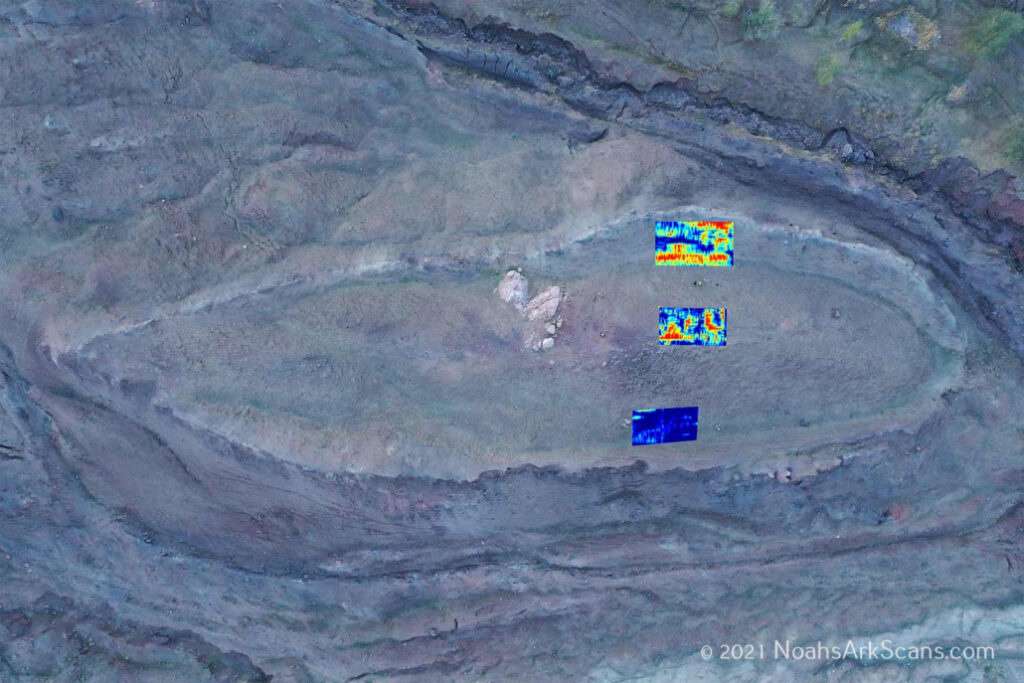
A key breakthrough comes from biological sampling. Researchers have extracted soil samples from the Durupınar site, identifying material they believe to be fossilized wood fragments. Tests conducted at independent labs suggest these samples are thousands of years old, aligning with the biblical timeline of the flood. While critics question contamination risks and dating accuracy, proponents argue that this evidence bolsters the argument that the structure is man-made, possibly linked to Noah Ark found in Turkey.
6. Advanced Dating Techniques and Their Significance
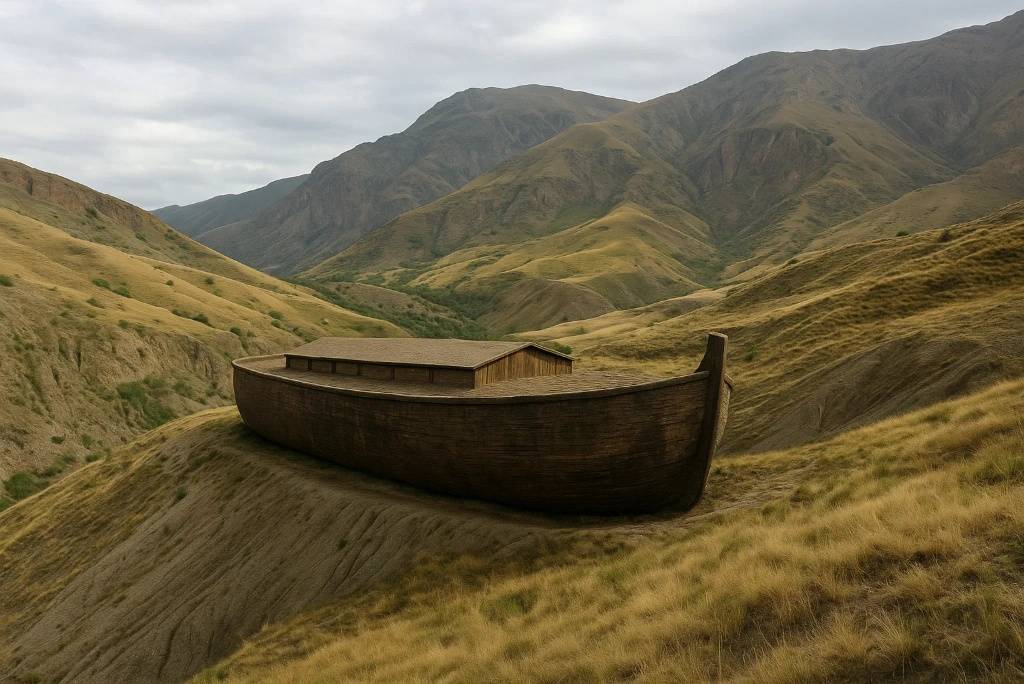
Carbon dating and dendrochronology (tree-ring dating) have been applied to analyze the material recovered from the site. Preliminary findings suggest an age of approximately 4,000–5,000 years, coinciding with flood legends across ancient cultures. While radiocarbon dating has its limitations—especially when dealing with fossilized materials—this timeframe adds credibility to the researchers’ hypothesis. If validated, these results could represent one of the most significant archaeological discoveries of the century and confirm the Noah Ark site.
7. Religious and Cultural Implications
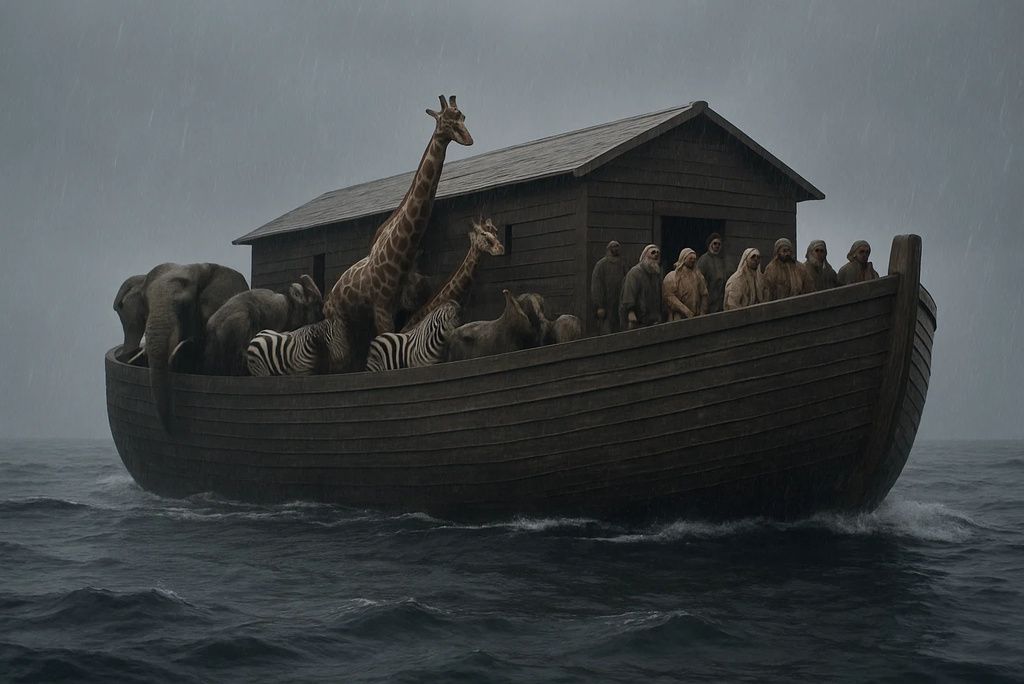
The potential discovery of Noah’s Ark carries profound religious implications for Christianity, Judaism, and Islam, all of which revere Noah’s story. Such a finding could invigorate faith communities while simultaneously challenging skeptics to reassess historical interpretations. Local authorities in Turkey have also expressed interest in developing the site for tourism, indicating its cultural and economic impact.
8. Skeptics’ Arguments and Counterpoints
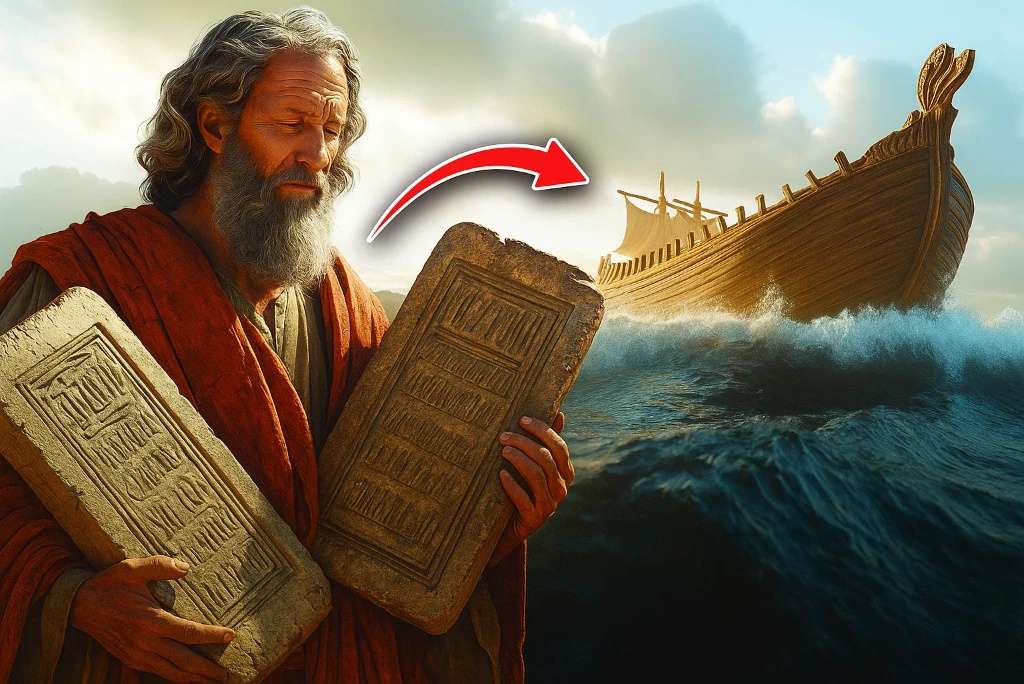
Despite the excitement, many scientists remain skeptical. Critics argue that the Durupınar formation is a natural geologic phenomenon, shaped by erosion and tectonic activity over millennia. They point out that similar ship-like formations exist worldwide without requiring human intervention. Furthermore, some claim the alleged timber samples could have originated from later settlements in the area. These counterpoints emphasize the need for peer-reviewed, transparent research, particularly when discussing Noah Ark found in Turkey.
9. The Role of Satellite Imaging in the Search
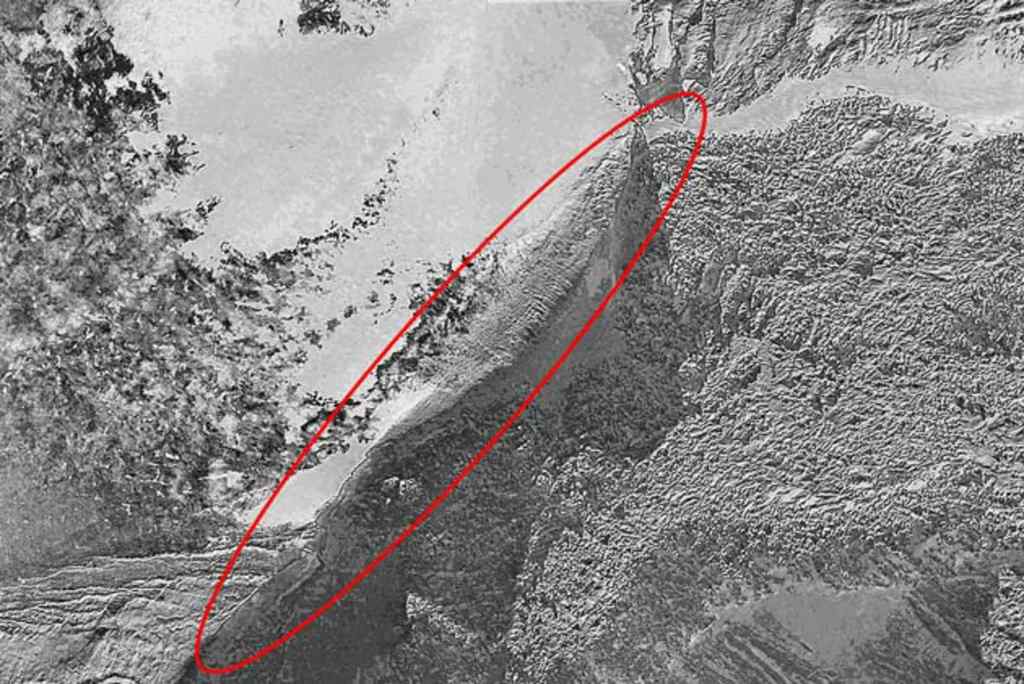
Satellite technology has been instrumental in mapping the Durupınar site and surrounding regions. High-resolution imagery from NASA and commercial satellites has helped identify unusual features consistent with subsurface structures. Such imaging allows researchers to create 3D models of the terrain, providing new insights without invasive excavation. These nondestructive methods are critical for preserving the integrity of potential archaeological remains.
10. Previous Expeditions to the Region
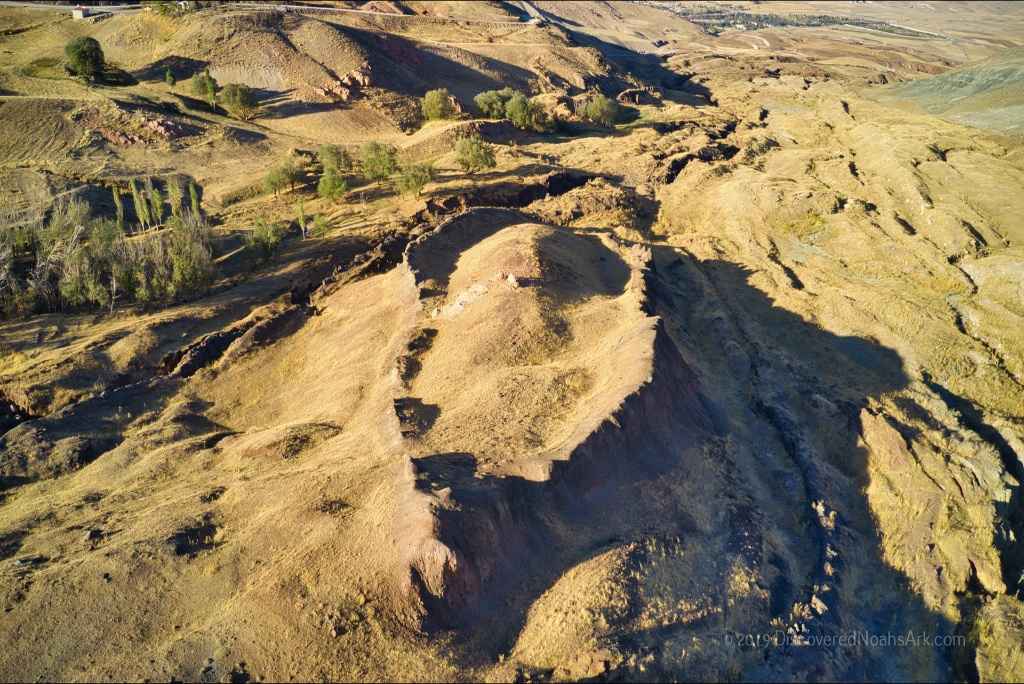
Since the 1940s, multiple expeditions have sought evidence of the Ark on Mount Ararat and its surroundings. From American explorers like Ron Wyatt to government-backed geological teams, these missions have collected varying degrees of data, though none conclusive enough to end the debate. The renewed interest in Durupınar builds on decades of these prior efforts, bringing more advanced tools and methodologies to the search for the Noah Ark site. Explore historical expeditions at History.com.
11. Government Involvement and Local Regulations
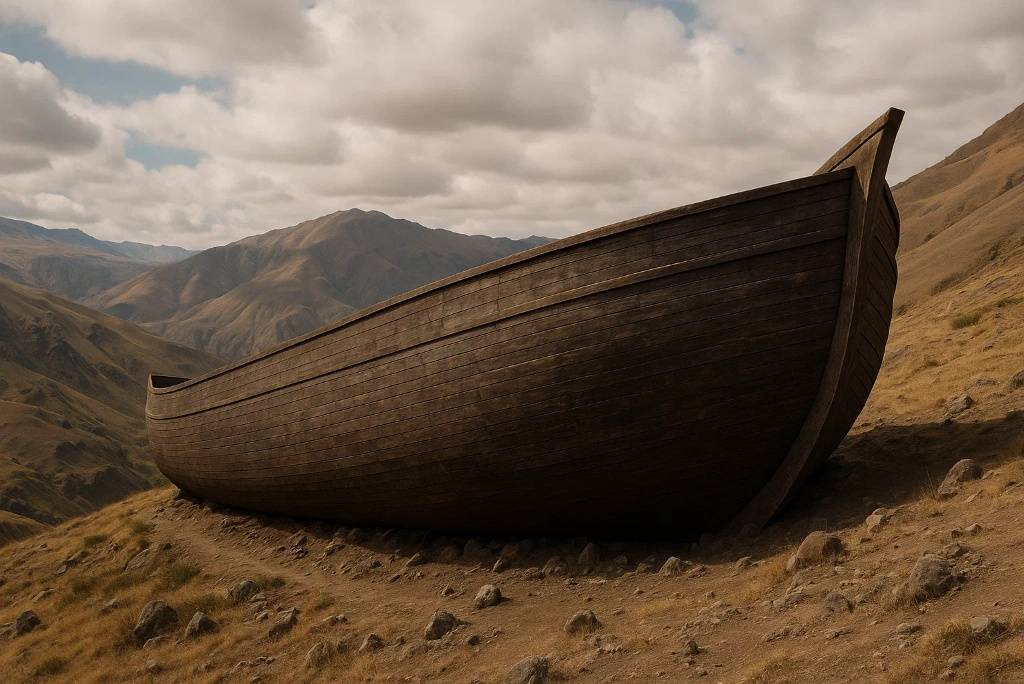
The Turkish government has historically maintained strict control over archaeological exploration in this region. Researchers must obtain permits, and certain areas near the Iranian border remain restricted for security reasons. Recent collaborations between international research teams and Turkish authorities signal growing openness to scientific investigation. Such partnerships are essential for ensuring ethical and legal compliance in these explorations.
12. The Role of Independent Research Groups
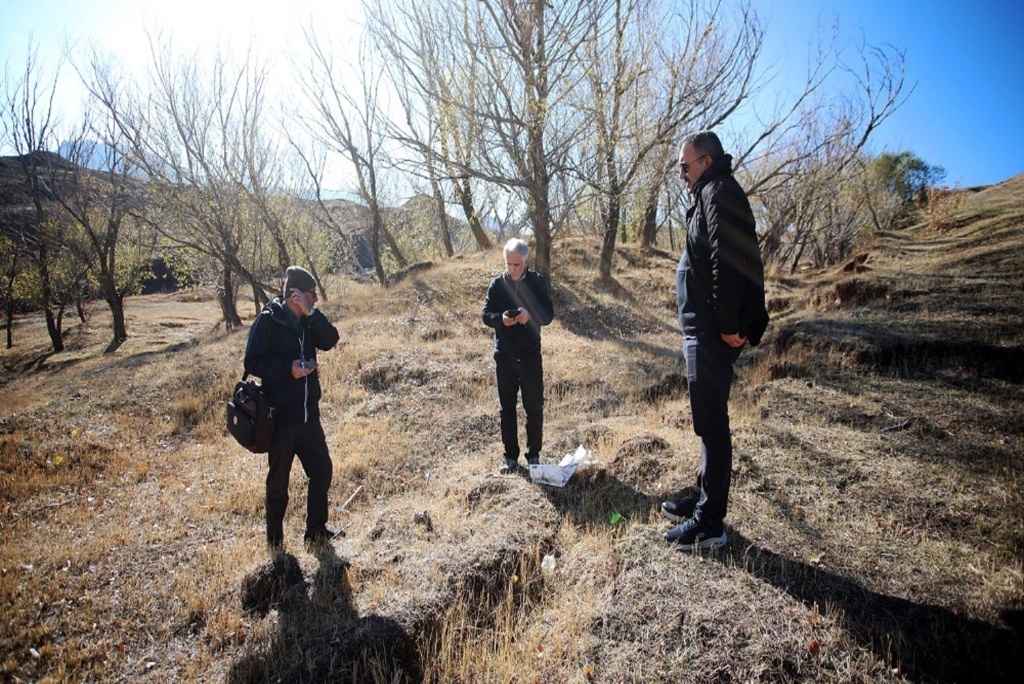
Independent organizations like the Noah’s Ark Scans Project have spearheaded much of the recent research. Combining expertise in geology, archaeology, and biology, these teams operate outside traditional academic frameworks. While this independence allows for creative exploration, it also raises concerns about methodological rigor and bias. Their findings, however, continue to spark global interest and discussion, surrounding Noah Ark found in Turkey.
13. Public Fascination and Media Coverage
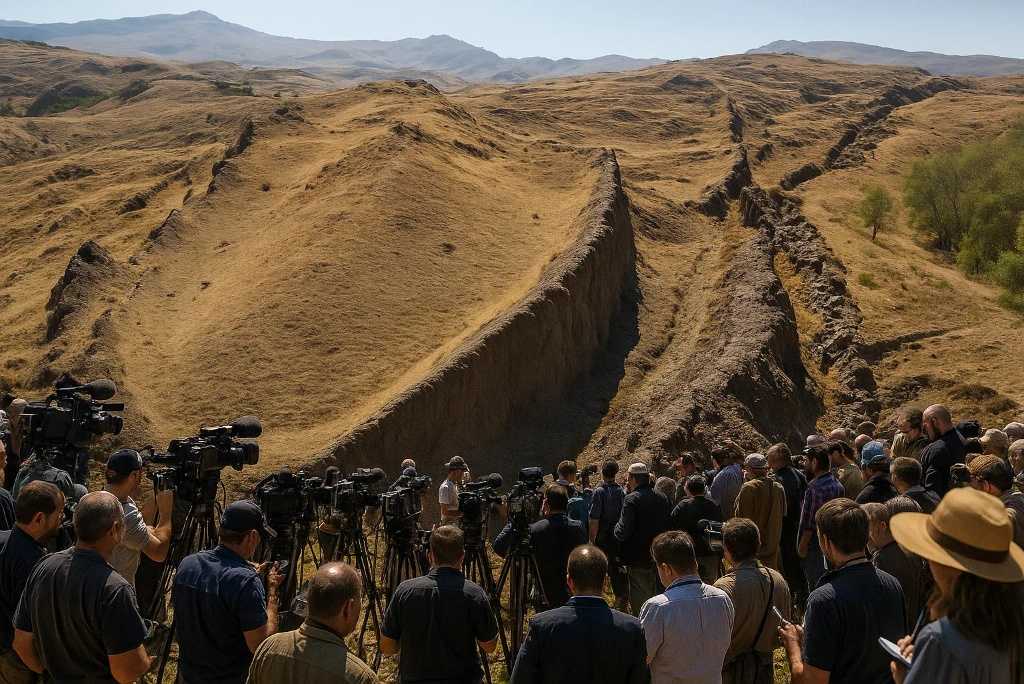
The idea of finding Noah’s Ark captures the public imagination like few other archaeological pursuits. Documentaries, books, and news articles continue to amplify the intrigue surrounding the Durupınar site. This media attention, while driving awareness, also risks oversimplifying or sensationalizing the science. Balancing public curiosity with responsible reporting remains a challenge for researchers and journalists alike.
14. Potential for Future Excavations
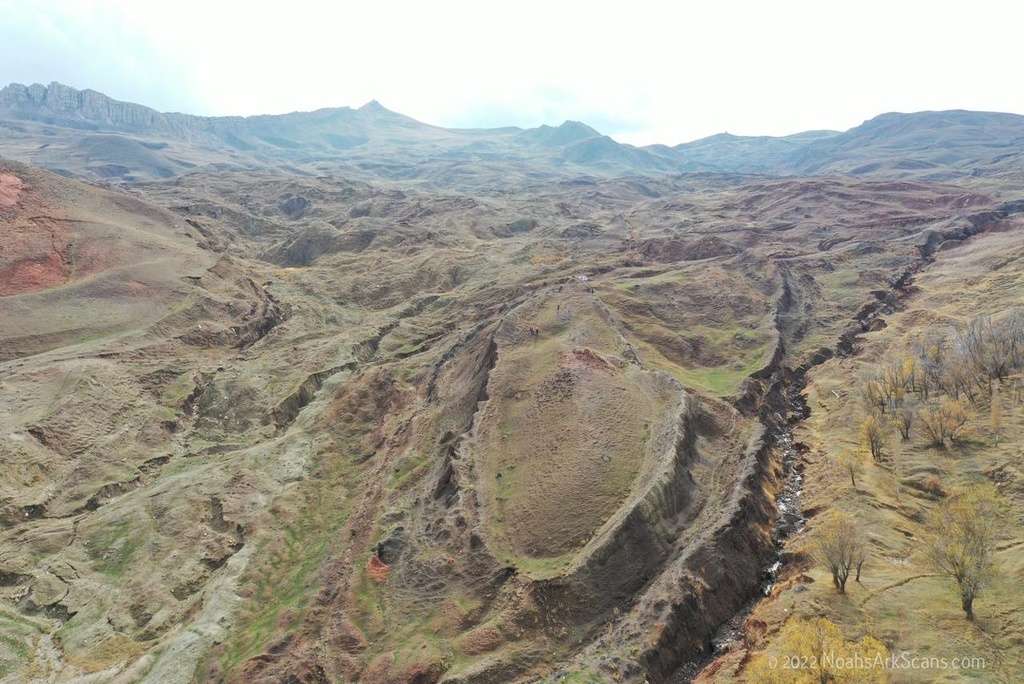
If the preliminary findings are validated, full-scale excavations could be the next logical step. Such efforts would require significant funding, international collaboration, and careful planning to avoid damaging the site. Excavations could definitively confirm whether the formation contains man-made structures or is purely natural. This next phase of research holds the promise of answering one of history’s most enduring mysteries about Noah Ark Turkey.
15. Why This Discovery Matters Beyond Religion
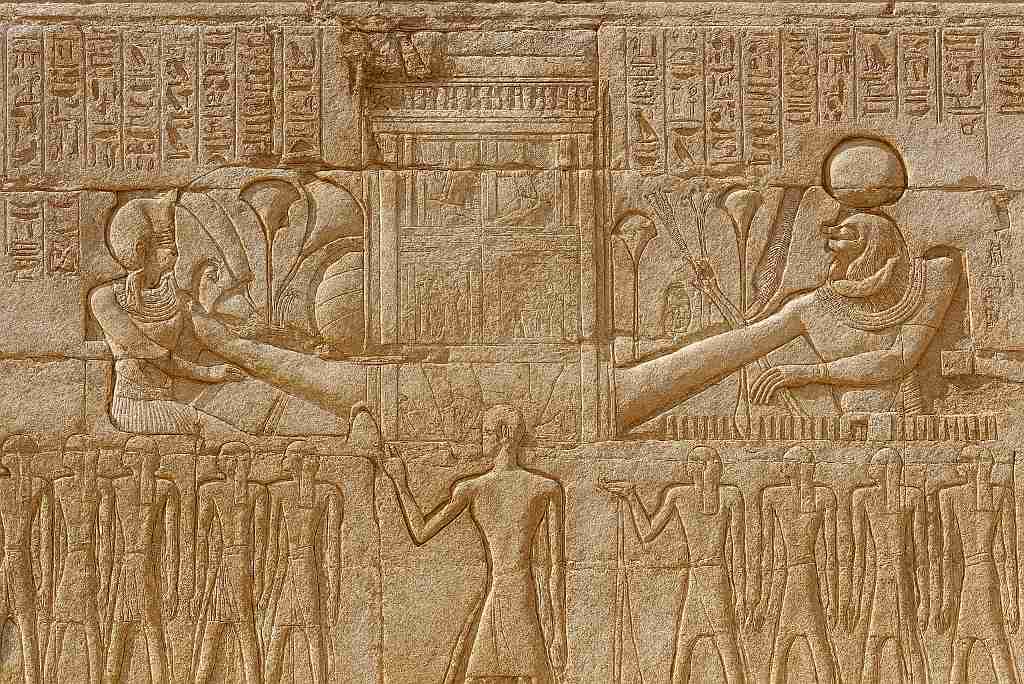
The search for Noah Ark found in Turkey is about more than verifying a biblical story—it’s about understanding ancient civilizations, their myths, and how such legends shape human history. Whether the Durupınar formation proves to be the Ark or not, the research expands our knowledge of human storytelling, geology, and archaeology. This pursuit reflects humanity’s enduring quest to connect with its past, blending faith, science, and curiosity in a singular exploration.

